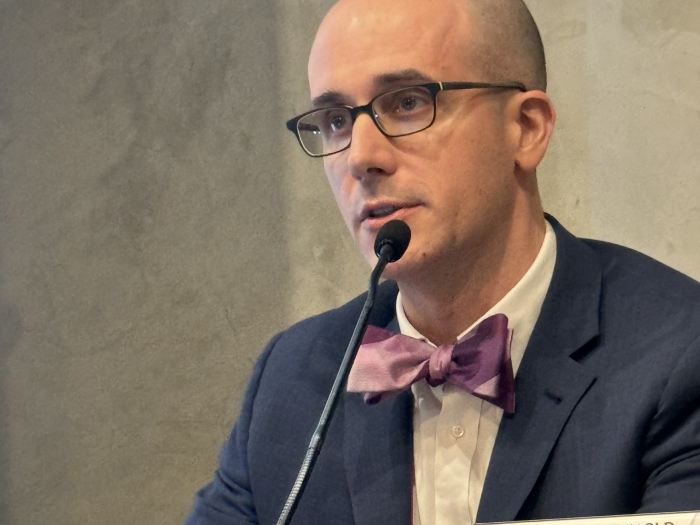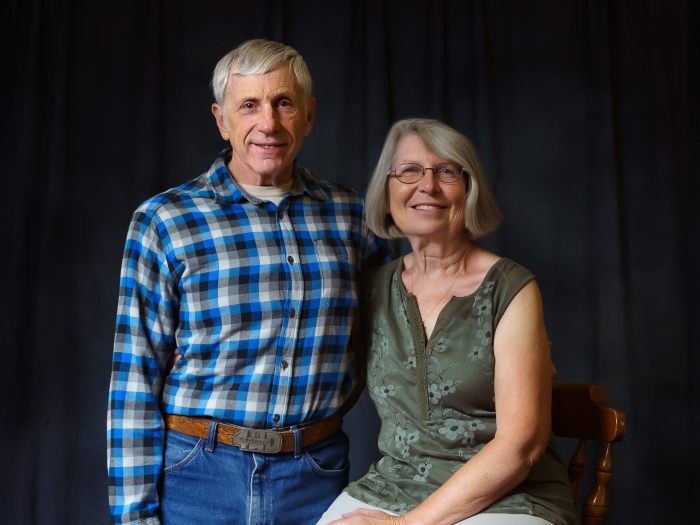Or, thinking about the residency application process
Right before I finished my last rotation of M3 year, I had the opportunity to attend a dinner hosted by the Department of Obstetrics and Gynecology for prospective residency applicants. It was a great chance to say hello again to the residents and faculty I worked with on my rotation and to learn a bit more about the application process. These sorts of events are often overwhelming and sometimes cryptic, but I was particularly struck by the reassurances from many of the faculty.
"Come talk to us, we will help you make a list that will work for you."I left feeling like there was a sorting hat that would sit on my head, discern my clinical grades and Step 1 score, geographical and program-type preferences, and spit out a list of 15-20 programs to which I should apply. While this seems a little fantastic, it is closer to true than you might imagine. Having met now with three faculty members to talk about this process, I've come away with three fairly comprehensive lists of programs to consider."People who come and talk to us are happy with their matches. We can help you identify the right programs."
"No, there isn't another way to find good programs. Come talk to us."
For those of you not already familiar with this process (and those of you who are can skip to the next paragraph), the residency selection process is a match. Students submit applications through a central application system, and much like many other application processes, schools that are interested in particular candidates can offer them interviews. The similarity with most systems stops there, however. After the interviews, each applicant makes a rank list of programs and each program makes a rank list of applicants. These lists are fed to a computer algorithm that matches applicants and programs. The result it spits out is legally binding for one year. Because of this process, the list of program list an applicants starts with is important – there is only one application/interview cycle so there is no (easy*) way to go back and apply if one's rank list seems a little thin or the match doesn't go well.
As I'm looking over all of my lists, I'm wishing that there really were a sorting hat that could spit out a definitive set of options, but there aren't, and honestly, I feel pretty lucky just to have a good sense of what specialty I'm entering and what I'm looking for in a program. I've created a spreadsheet (cue either scary or optimistic music, depending on your perspective), and am looking forward to doing a little sorting of my own.
*I should note that if an applicant doesn't match, then there is a second small match that used to be referred to as the Scramble, where applicants re-apply for program spots that have been left unfilled. This doesn't happen often at Michigan, and certainly isn't the best way to get the match of your dreams as the most desirable spots are already taken, but can yield an acceptable outcome for all involved.

Department of Communication at Michigan Medicine
Want top health & research news weekly? Sign up for Health Lab’s newsletters today!





